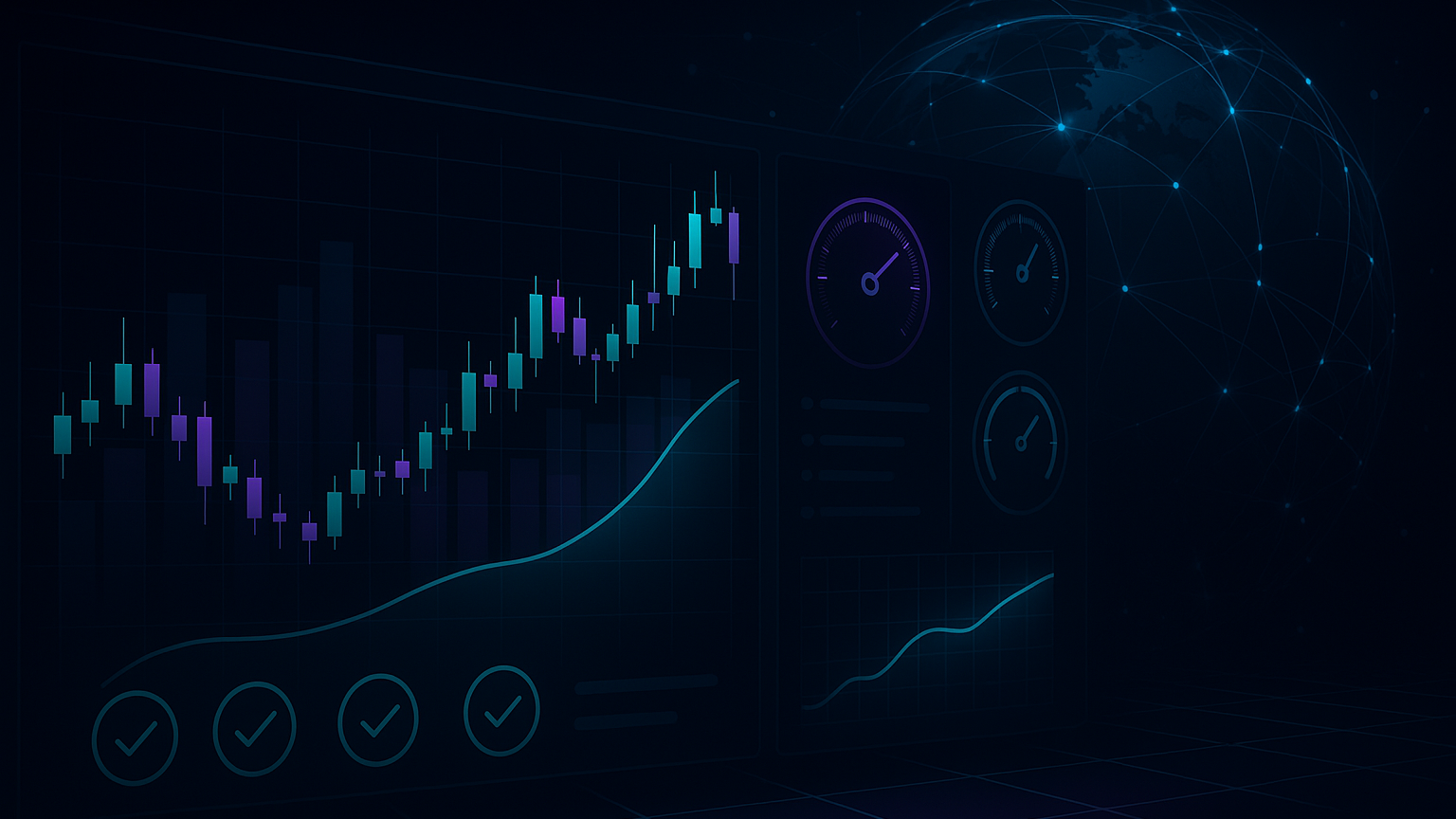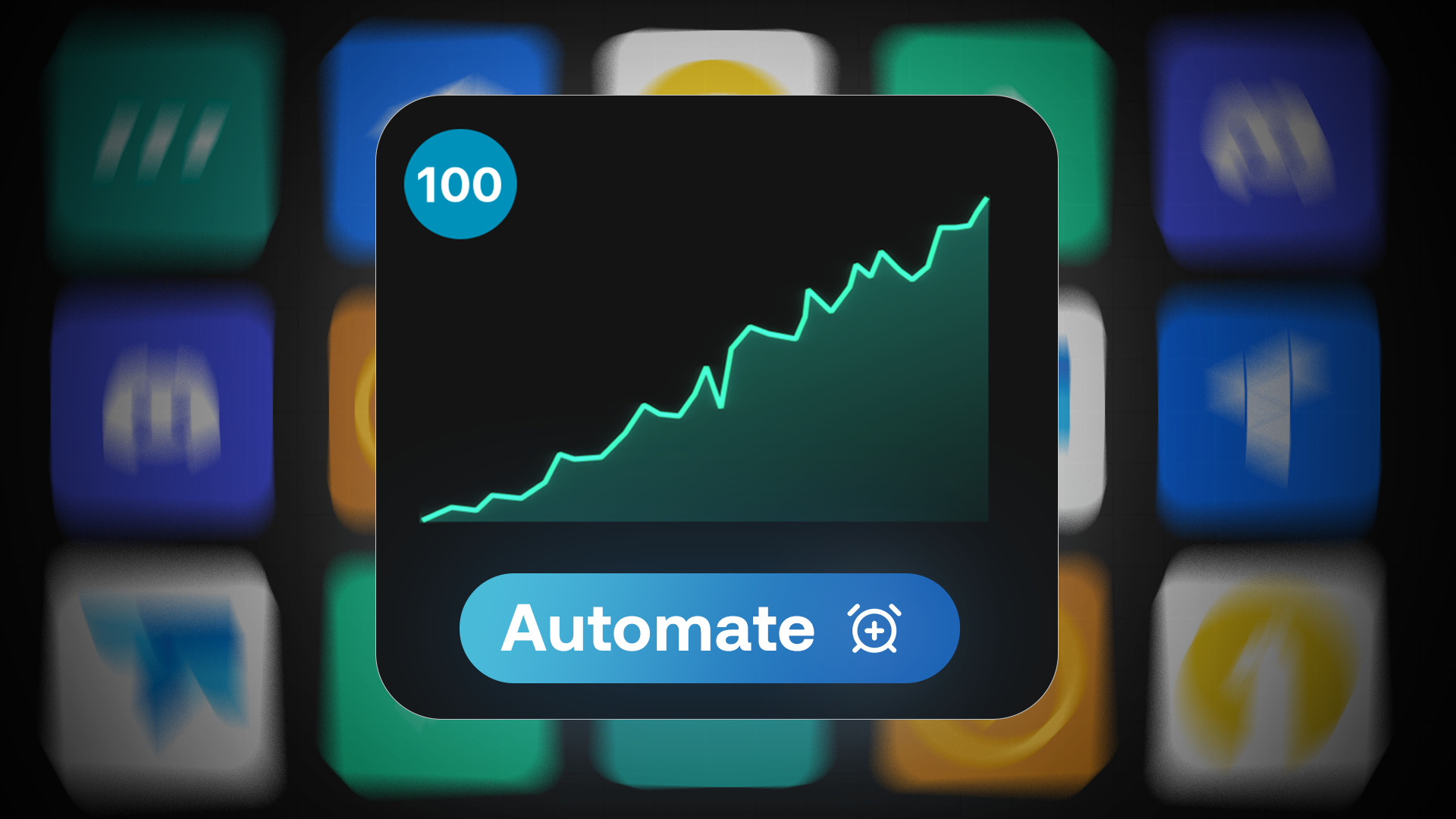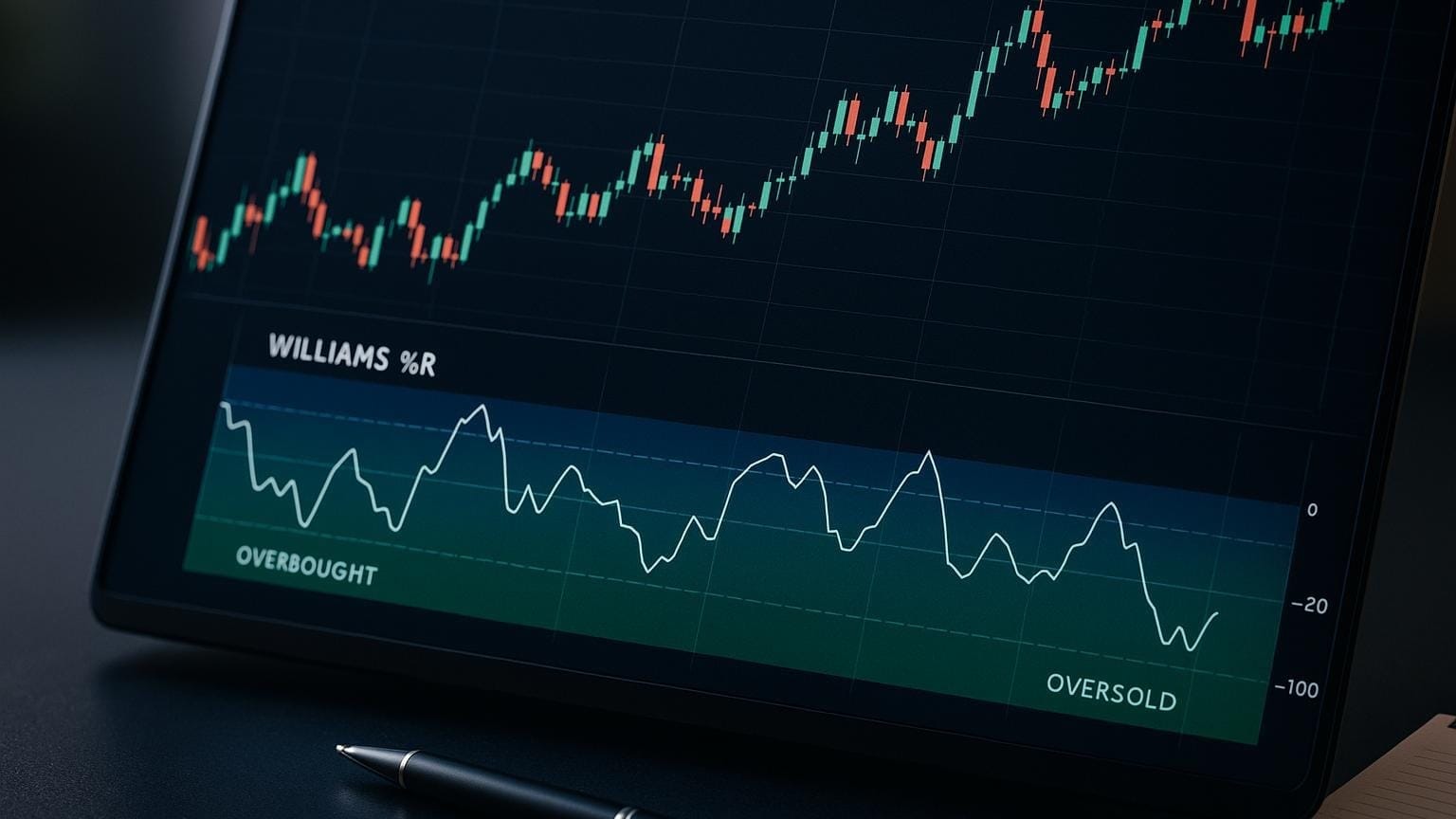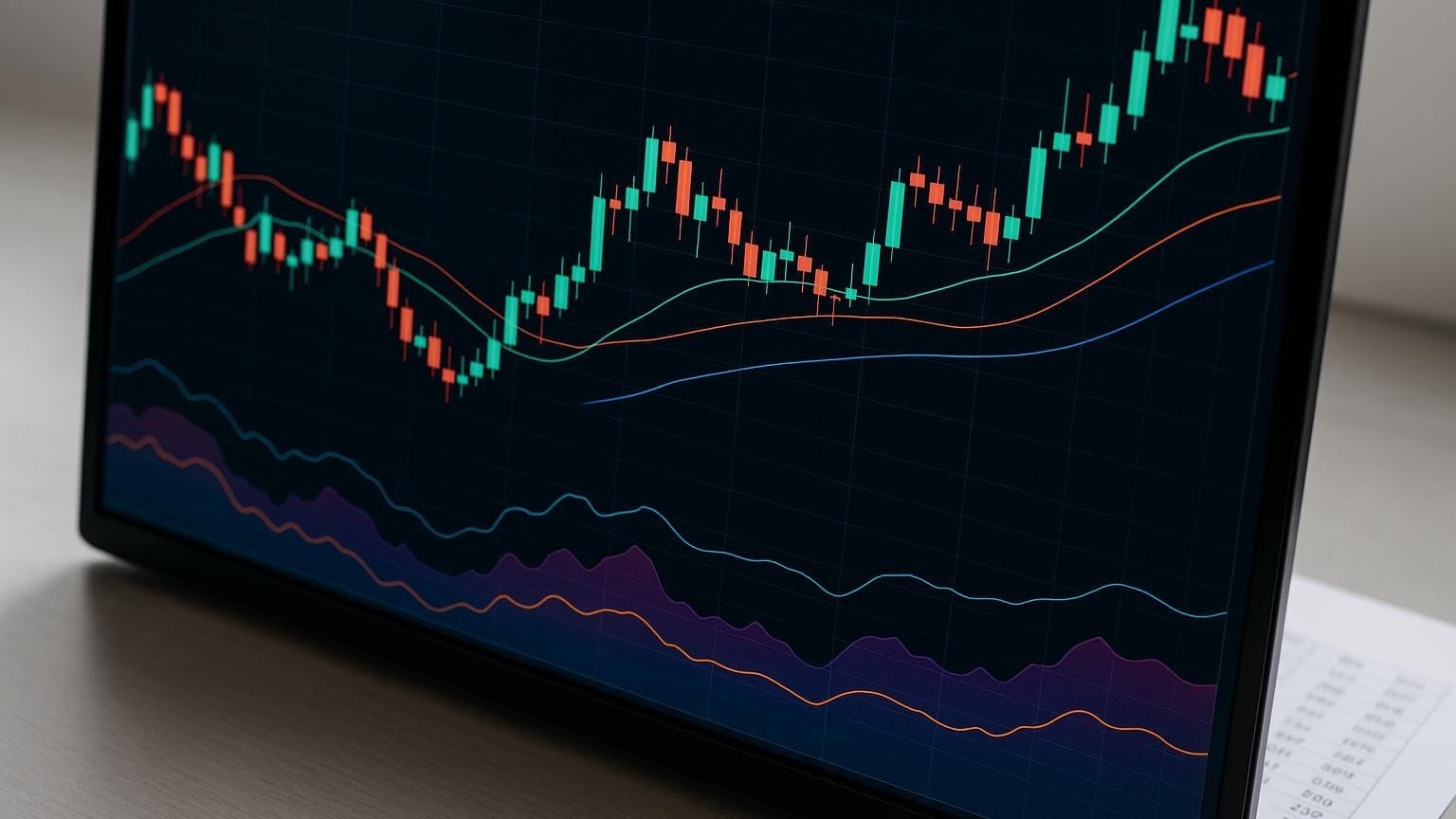Retail prop firms are revolutionizing day trading by offering access to significant capital, strict risk management, and global opportunities for traders.
Retail proprietary trading firms are reshaping day trading by providing traders with access to large capital without requiring significant personal funds. Instead of risking their own money, traders prove their skills through low-cost evaluations. Successful participants receive funded accounts, keep a large share of profits (70%-90%), and operate under strict risk management rules. This model has opened doors for traders worldwide, enabling them to compete in markets once dominated by institutional players.
Key Points:
- What They Offer: Funded accounts ranging from $10,000 to $200,000. Traders only pay a small evaluation fee.
- Profit Sharing: Traders retain most profits (70%-90%), while firms absorb the financial risk.
- Risk Management: Strict rules like daily loss limits and drawdown caps ensure disciplined trading.
- Global Access: Traders from any location can qualify, breaking geographical barriers.
- Technology Boost: Advanced tools, AI analytics, and faster platforms have leveled the playing field for retail traders.
This shift has made professional trading more accessible, with firms focusing on skill over personal wealth, fostering a new era of global trading opportunities.
What Is Prop Firm Trading? Your Gateway to Becoming a Funded Trader
How Retail Prop Firms Lower Trading Barriers
Retail prop firms have reshaped the world of day trading by removing the steep financial hurdles that once kept many aspiring traders on the sidelines. Unlike traditional brokerage accounts that often demand tens of thousands of dollars upfront, prop firms offer traders a chance to start without using their own capital. In the U.S., for example, the well-known Pattern Day Trader equity minimum is $25,000 for margin accounts, which is one reason prop firm evaluations are attractive alternatives for many retail traders according to FINRA’s day-trading guidance.
Affordable Evaluation Programs
One of the ways prop firms make trading more accessible is through low-cost evaluation programs. Instead of needing $25,000 to open a day trading account, traders can get started for as little as $45 [1]. These programs act as a kind of audition, where traders pay a small fee to demonstrate their ability to trade profitably while adhering to strict risk management rules over a period of 30–60 days. The fee helps cover the firm's monitoring and evaluation expenses and is a fraction of what traditional trading setups would require. For those who pass, the shift from relying on personal savings to trading with firm-provided capital is a game-changer.
Using Firm Capital Instead of Personal Funds
Once traders successfully complete the evaluation, they unlock access to the firm's capital. This approach removes one of the most daunting barriers to professional trading: the need for significant personal funds.
"Prop firms democratize the trading experience for retail investors without the barriers to entry of large capital requirements."
This model allows skilled traders to focus entirely on refining their strategies instead of spending years building up personal savings or risking their financial security. By trading with the firm's money, they can pursue their goals without the fear of losing their own funds.
Another major advantage is the built-in risk protection. Traders using firm capital don’t pay interest on the money they trade with and aren’t held personally responsible for losses that exceed the firm’s risk limits [3]. If a trader hits those limits, the worst outcome is losing access to the funded account—not their own savings.
This setup not only shields traders from financial harm but also eases the psychological burden of trading. With less personal risk on the line, traders are often able to make more disciplined and thoughtful decisions.
"Prop trading is less risky for you because you won't lose your own money, but if you incur enough losses for a trading firm, they'll cut you off."
This safety net—something traditional retail trading doesn’t offer—can be the deciding factor for many individuals looking to pursue day trading as a career. By lowering the financial barriers to entry, retail prop firms are making professional trading a possibility for more people than ever before.
Global Access to Trading Capital
Retail prop firms have reshaped the trading landscape by offering funding to skilled traders across the globe. No longer confined to major financial hubs, trading capital is now accessible to individuals regardless of their location. For deeper background on how prop firms operate and differ from other paths, see our research on retail prop firms vs. hedge funds.
Funded Accounts for Traders Everywhere
These firms emphasize trading ability over personal wealth, creating opportunities for talented individuals worldwide. Whether you’re based in a bustling financial center or a remote town, consistent profitability and solid risk management can secure you the capital needed to trade. This model levels the playing field, especially for those in regions where access to brokers and financial resources has traditionally been limited. Additionally, alternative funding models make it possible for traders to enjoy even greater rewards. To study core mechanics and risks in detail, read Regulation of Retail Prop Firms: What Traders Need to Know.
Profit Sharing and Funding Options
With a focus purely on trading performance, these firms provide a merit-based route to capital, offering traders the chance to earn more based on their results. For an overview of common prop-firm revenue models (evaluation fees, profit splits, and broker partnerships), see How Retail Prop Firms Make Money.
Impact on Trading Strategies and Risk Control

The emergence of retail prop firms has reshaped how traders approach the markets. With access to larger accounts and well-defined risk parameters, traders are adjusting their methods to aim for steady profits while staying within the limits set by these firms. This shift has led to the development of new trading styles and a stronger focus on disciplined risk management. A foundational concept here is understanding drawdown—the peak-to-trough decline in equity—which helps traders size risk and set expectations see this primer.
Rise of Scalping and Short-Term Trading
Having access to firm capital has made scalping and intraday trading strategies more practical, especially compared to trading with smaller personal accounts. With larger account sizes, even small price changes can translate into meaningful returns. This has encouraged many traders to zero in on short-term opportunities throughout the trading day. Intraday setups, where positions are closed before the market closes to avoid overnight risks, are becoming increasingly popular. The focus has shifted toward strategies that prioritize capturing small, frequent price movements, aiming for consistent gains. Instead of relying on sporadic, high-risk trades, successful prop traders now aim for steady, modest profits that can add up significantly over time.
Structured Risk Management Requirements
Retail prop firms enforce strict risk management rules to ensure traders operate responsibly. These firms typically impose daily loss limits, which push traders to adopt disciplined exit strategies and carefully manage each trade. Rules such as standardized position sizing and maximum drawdown limits help control risk exposure, often requiring traders to scale back positions when losses begin to accumulate. The penalties for breaking these rules—like losing access to trading accounts or forfeiting evaluation fees—create a strong incentive for traders to stick to sound risk management practices. Many traders adopt 1–2% per-trade risk guidelines to remain resilient through losing streaks as taught by CME Group. Real-time monitoring tools also play a key role, tracking trades and issuing alerts when risk thresholds are approached. These systems not only help prevent large losses but also encourage a professional approach to trading, balancing accessibility with high standards.
Technology Advances and Market Competition
The rapid expansion of retail prop firms has sparked fierce competition, driving brokers and prop firms to push the boundaries of trading technology. This race to innovate has made advanced tools more accessible to individual traders, significantly leveling the playing field.
Traditional brokers have stepped up their game, improving their platforms and lowering fees to stay competitive with prop firms. Many now offer perks like zero-commission trading, faster order execution, and advanced charting features. The result? Retail traders now enjoy access to tools and technology that used to be exclusive to institutional investors.
This “technological arms race” has also improved trade execution speeds and the quality of market data. Prop firms’ investments in low-latency connections and premium data feeds have trickled down, benefiting all retail traders and enhancing their overall trading experience.
AI Tools and Real-Time Analytics for Retail Traders
Artificial intelligence has become a transformative force in retail trading, with prop firms leading the charge to make these tools widely available. Machine learning algorithms now assist with tasks like pattern recognition and risk management, helping traders spot opportunities and handle positions with greater efficiency.
Modern market analytics have taken a leap forward, incorporating tools like sentiment analysis, volume profiling, and algorithmic pattern detection. These tools process vast amounts of market data in real time, delivering insights that used to require hours of manual analysis. By embracing AI, retail traders are narrowing the gap between themselves and institutional players.
Prop firms are also equipping their funded traders with cutting-edge screening tools that filter stocks based on specific technical criteria. This allows traders to focus on executing trades rather than spending excessive time hunting for opportunities. AI integration further simplifies this process, enabling traders to monitor multiple markets and timeframes simultaneously without feeling overwhelmed.
Predictive analytics, powered by machine learning, adds another layer of capability. By analyzing historical data and current market conditions, these tools help traders anticipate potential movements. While no tool can guarantee success, these insights can significantly enhance decision-making and improve trade timing. To explore hands-on chart tools available to everyone, check out the LuxAlgo Indicator Library and platform-specific pages for core toolkits like Signals & Overlays and Price Action Concepts. You can also track higher-level sentiment with indicators like Market Sentiment Technicals.
These advancements in AI have paved the way for even more sophisticated capabilities, such as LuxAlgo’s AI Backtesting Assistant.
LuxAlgo’s AI Backtesting Assistant for Modern Traders

Building on these technological breakthroughs, LuxAlgo’s AI Backtesting Assistant offers traders a powerful way to refine and validate their strategies. This web-based platform lets users test their approaches in a risk-free environment, whether they’re trading with personal funds or prop firm accounts. Learn more here: AI Backtesting Assistant main page.
The AI Backtesting Assistant integrates with LuxAlgo’s exclusive tools and includes an optimization engine designed to fine-tune strategies. This is especially useful for traders working within the strict risk limits imposed by many prop firms, such as daily loss caps and drawdown restrictions. The platform evaluates various parameter combinations across different timeframes and market conditions to identify the most effective settings. For a quick start guide to the assistant, see the documentation.
One standout feature is the platform’s real-time strategy evaluation, which allows traders to continuously monitor and adjust their methods as markets shift. In a world where consistent performance is key to maintaining funding, this adaptability is crucial. You can also explore related backtesting tools and screeners to accelerate research.
For $59.99 per month, LuxAlgo’s Ultimate plan provides access to the AI Backtesting Assistant along with exclusive tools for TradingView. See all options on the pricing page.
Conclusion: The Future of Retail Day Trading
Retail prop firms have reshaped the world of day trading, turning what was once an exclusive domain of institutions into a global opportunity. This evolution has created a dynamic ecosystem where technology, risk management, and worldwide connectivity combine to empower traders from all corners of the globe. The result? A more level playing field and a surge of opportunities for individual traders.
Key Advantages for Individual Traders
This shift has brought about several game-changing benefits for individual traders. First and foremost is access to significant trading capital without the need for large personal savings or meeting stringent Pattern Day Trading rules in margin accounts as described by FINRA. Traders can now secure funding by paying a modest evaluation fee, bypassing traditional financial hurdles.
Another major advantage is the enforced risk management systems that prop firms provide. Rules like daily loss limits, maximum drawdowns, and profit targets encourage traders to develop disciplined habits. While these constraints may seem restrictive initially, many traders find that they ultimately lead to greater consistency and profitability. For practical methods, see our guides on position sizing and risk-reward ratios.
Lastly, professional-grade trading conditions are now within reach. Prop firms offer institutional-level execution speeds, premium market data, and advanced platforms. Coupled with attractive profit splits, these tools allow skilled traders to build sustainable careers without needing to make hefty upfront investments. For platform features beyond backtesting, overview the LuxAlgo features and free Indicator Library.
Thriving in a Competitive Trading Landscape
While these advantages have opened up new possibilities, they’ve also heightened competition. To succeed, traders must continuously refine their skills and leverage advanced tools. Automated systems for pattern recognition and real-time market sentiment analysis have become essential for maintaining an edge in this fast-paced environment.
Ongoing strategy refinement is another critical factor. Top-performing traders frequently backtest their strategies using historical data to adapt to shifting market conditions. This process not only ensures consistent performance but also helps traders meet the rigorous standards required to maintain their funding. Tools like LuxAlgo’s AI Backtesting Assistant are invaluable in this regard, offering the kind of advanced strategy development capabilities that were once reserved for institutional traders.
Additionally, specialization has become a key to success. Instead of attempting to trade across multiple markets or strategies, many traders achieve better results by mastering a specific instrument, timeframe, or approach. This focused expertise allows them to operate effectively within the risk parameters set by prop firms while maintaining consistency. For traders who rely heavily on multi-market monitoring, utilities like the Multi-Chart Widget can help simplify workflow.
As technology continues to advance and new prop firms enter the scene, the trading landscape will keep evolving. Traders who combine the capital access provided by prop firms with cutting-edge tools and disciplined risk management are best positioned to succeed. The ability to adapt, refine strategies, and meet funding requirements will ultimately separate thriving traders from those who struggle to stay funded.
FAQs
How do retail prop firms enforce risk management rules for traders?
Retail prop firms maintain control over risk by establishing clear boundaries on losses, such as capping daily losses at 5% or overall drawdowns at 10%. To ensure these rules are followed, they rely on real-time monitoring systems and automated alerts that keep a close watch on trader activity. Traders often complement firm rules with widely used 1–2% per-trade risk approaches (CME Group overview).
What are the advantages of using AI tools and real-time analytics in day trading with retail prop firms?
AI tools and real-time analytics give day traders partnering with retail prop firms a significant advantage in navigating the markets. These technologies process massive amounts of data in an instant, allowing traders to pinpoint opportunities, respond to sudden market shifts, and make well-informed decisions with accuracy. LuxAlgo provides free and exclusive tools spanning screening, overlays, and backtesting—explore the Screeners, Signals & Overlays, and the AI Backtesting Assistant to get started.
What is the profit-sharing model in retail prop firms, and how does it affect traders?
Retail prop firms work on a profit-sharing model, where traders get to keep a large chunk of their earnings—usually between 70% and 90%—while the firm takes the remaining 10% to 30%. This arrangement shifts the focus entirely to performance, as traders’ income depends directly on how well they do in the market. For context on how fee structures and splits fit together, see How Retail Prop Firms Make Money.
For traders, this setup can mean a bigger earning potential compared to traditional retail trading, thanks to access to the firm’s capital. However, there’s a catch: firms enforce strict risk management rules, and breaking these rules can lead to losing access to the funded accounts. This mix of opportunity and responsibility is changing the way day traders engage with the financial markets.
References
LuxAlgo Resources
- LuxAlgo — Official Site
- Traditional Proprietary Trading: An Insider’s Guide
- Risking It Right: Managing Trade Risk and Surviving Consecutive Losses
- AI Backtesting Assistant — Main Page
- AI Backtesting Assistant — Docs (Introduction)
- Backtesters — Feature Overview
- LuxAlgo Features — Overview
- Screeners — Feature Overview
- Indicator Library — Free Collection
- Signals & Overlays — TradingView
- Price Action Concepts — TradingView
- Market Sentiment Technicals — Indicator
- Multi-Chart Widget — Indicator
- Introducing LuxAlgo’s AI Backtesting Assistant
- Pricing & Plans








